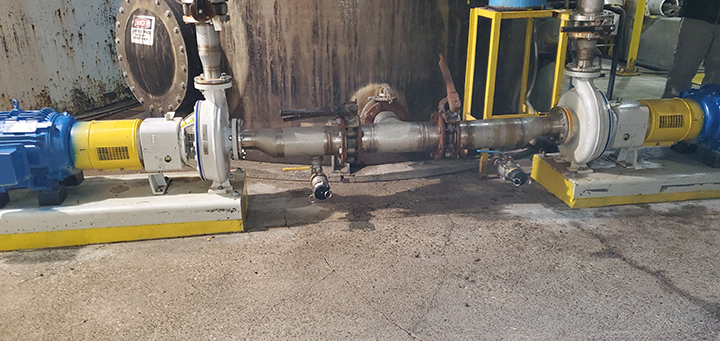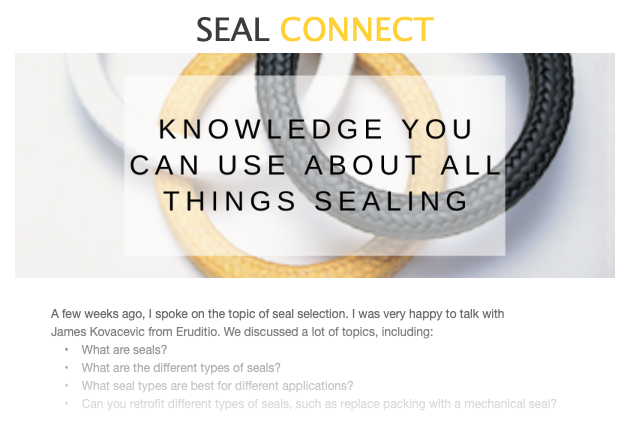08/31/2023
Mechanical Seals: Failure Analysis
 Evaluating what went wrong with a mechanical seal involves a systematic approach to identify the root cause of the failure. Here’s a step-by-step guide to help you assess the situation:
Evaluating what went wrong with a mechanical seal involves a systematic approach to identify the root cause of the failure. Here’s a step-by-step guide to help you assess the situation:
- Visual Inspection:
- Begin with a thorough visual inspection of the seal and its components. Look for signs of wear, damage, or deformation.
- Check Installation:
- Ensure the seal was installed correctly. Improper installation can lead to premature failure.
- Verify that the seal size and type match the pump’s specifications.
- Examine Seal Faces:
- Check for signs of excessive wear, cracks, or breakage.
- Look for dry running marks, which appear as a series of concentric grooves on the seal face.
- Review Operating Conditions:
- Ensure the pump was operating within its specified range. Over-pressurization or excessive temperatures can damage seals.
- Check for cavitation, which can cause vibration and damage the seal.
- Assess Lubrication:
- Ensure the seal was adequately lubricated. Lack of lubrication can cause excessive friction and heat, leading to seal failure.
- Check Alignment:
- Misalignment between the pump and its driver can cause excessive wear and vibration, leading to seal failure.
- Examine Secondary Seals:
- Check O-rings or other secondary seals for signs of degradation, chemical attack, or extrusion.
- Evaluate Seal Materials:
- Ensure the seal materials are compatible with the process fluid. Incompatibility can lead to chemical attack and degradation of the seal components.
- Check for Contamination:
- Contaminants in the process fluid can cause abrasive wear on the seal faces.
- Review Maintenance History:
- Regular maintenance can extend the life of a seal. If maintenance was neglected, the seal might have failed prematurely.
- Analyze Barrier/Buffer Fluid (for dual seals):
- Ensure the correct fluid was used and maintained at the proper pressure and temperature.
- Check for contamination or signs of mixing with the process fluid.
- Evaluate Environmental Controls:
- Ensure that any environmental controls, like cooling or heating systems, were functioning correctly.
- Document Findings:
- Keep a detailed record of your findings. This can help in future troubleshooting and can be valuable for discussions with seal manufacturers or suppliers.
- Consult with Experts:
- If you’re unable to determine the cause of the failure, consider consulting with the experts at SEPCO. SEPCO can offer insights or recommendations based on our experience.
By systematically evaluating each aspect of the mechanical seal and its operating environment, you can identify the root cause of the failure and take corrective actions to prevent future issues.
Looking for a Sealing Solutions Provider?
SEPCO has sealing solutions for many applications, even those with the strictest standards and the most challenging environments. We have decades of experience in providing solutions across multiple industries. We can help.
 SEAL CONNECT
SEAL CONNECT Find Your Sealing Solution
Find Your Sealing Solution